The 1950s and 1960s were transformative decades that shaped modern Britain in countless ways. While some events and innovations are well documented, many fascinating aspects have faded from collective memory. Today, we’ll be talking about a few intriguing things from the ’50s and ’60s that most people don’t remember.
Milk Delivered by the Milkman

Before supermarkets dominated, milkmen were a daily fixture on British streets. They delivered fresh milk in glass bottles directly to doorsteps and often came with the dawn. This service wasn’t just about convenience; it even fostered a sense of community as neighbours exchanged greetings and news during the early hours.
Party Line Telephones
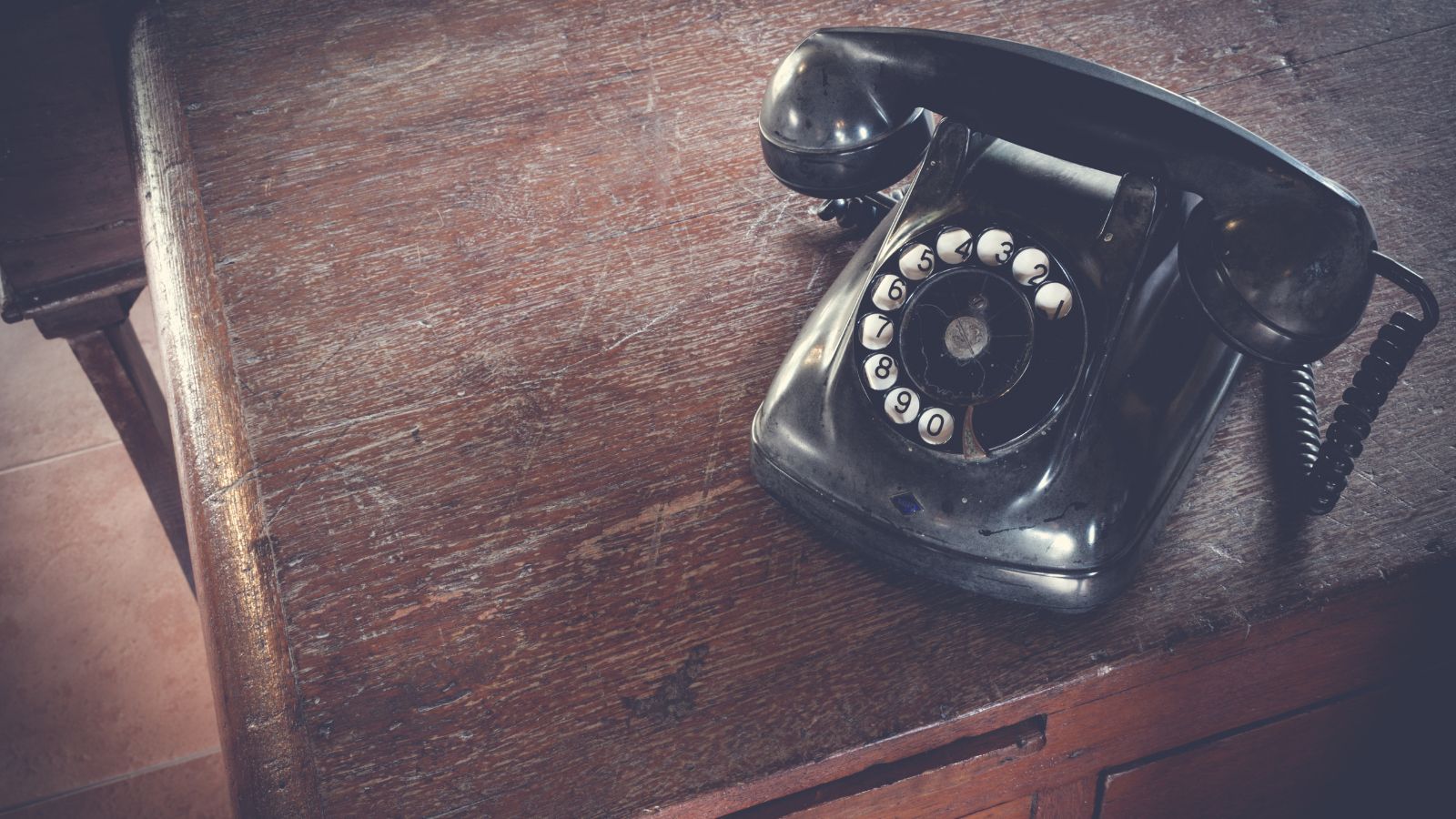
Before private phone lines became standard, households often shared “party lines” with neighbors. Conversations could be overheard if someone picked up the receiver at the same time. Clearly, this setup required polite etiquette, and many users had to ensure the line was free before making a call.
Lyons Corner Houses
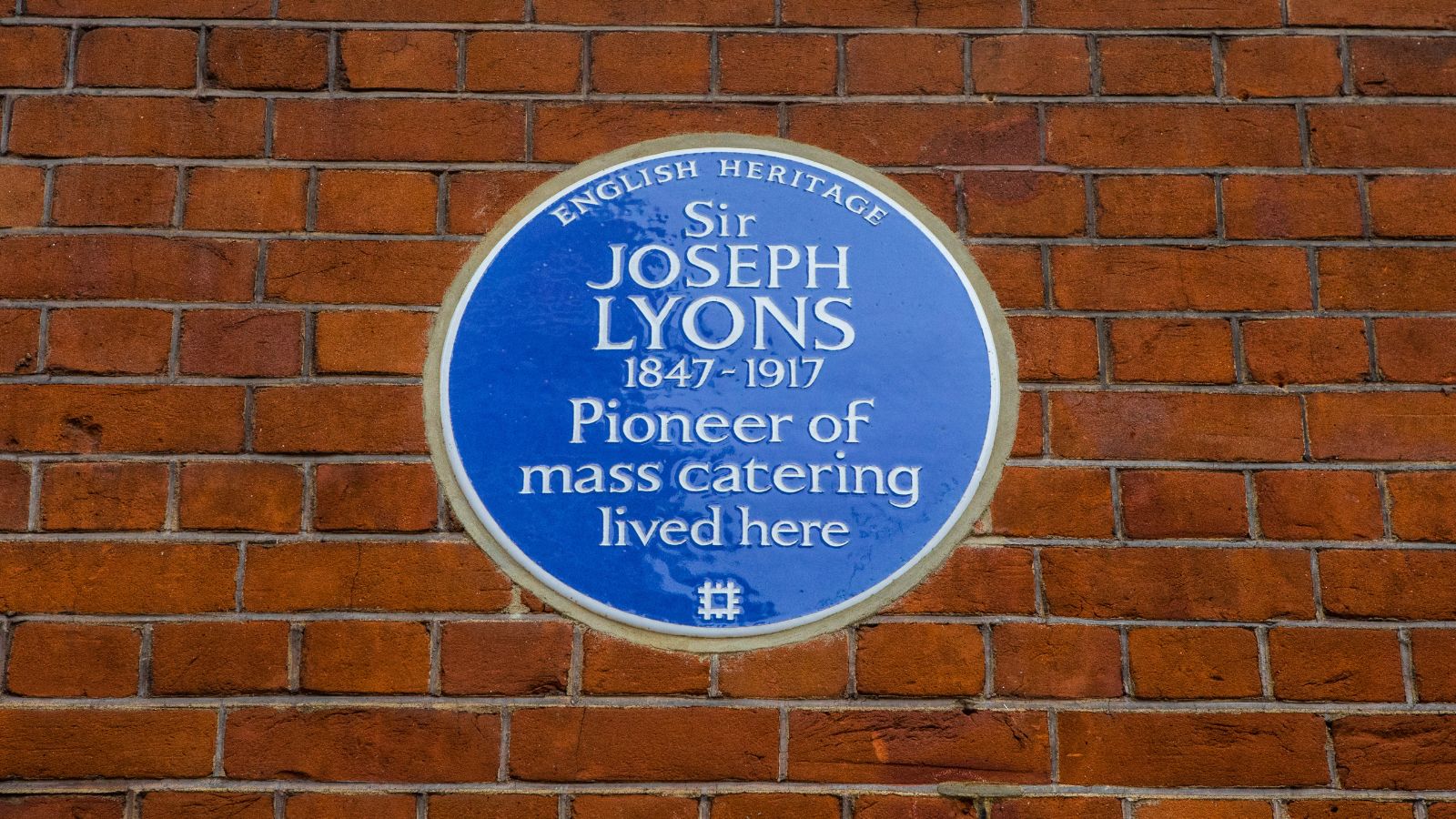
Lyons Corner Houses were grand tea shops located in major British cities, offering affordable meals in elegant settings. Staffed predominantly by “Nippy” waitresses dressed in distinctive uniforms, these establishments were social hubs. They provided food and space for people from all walks of life to gather and relax until their demise in the 1960s.
The Festival of Britain
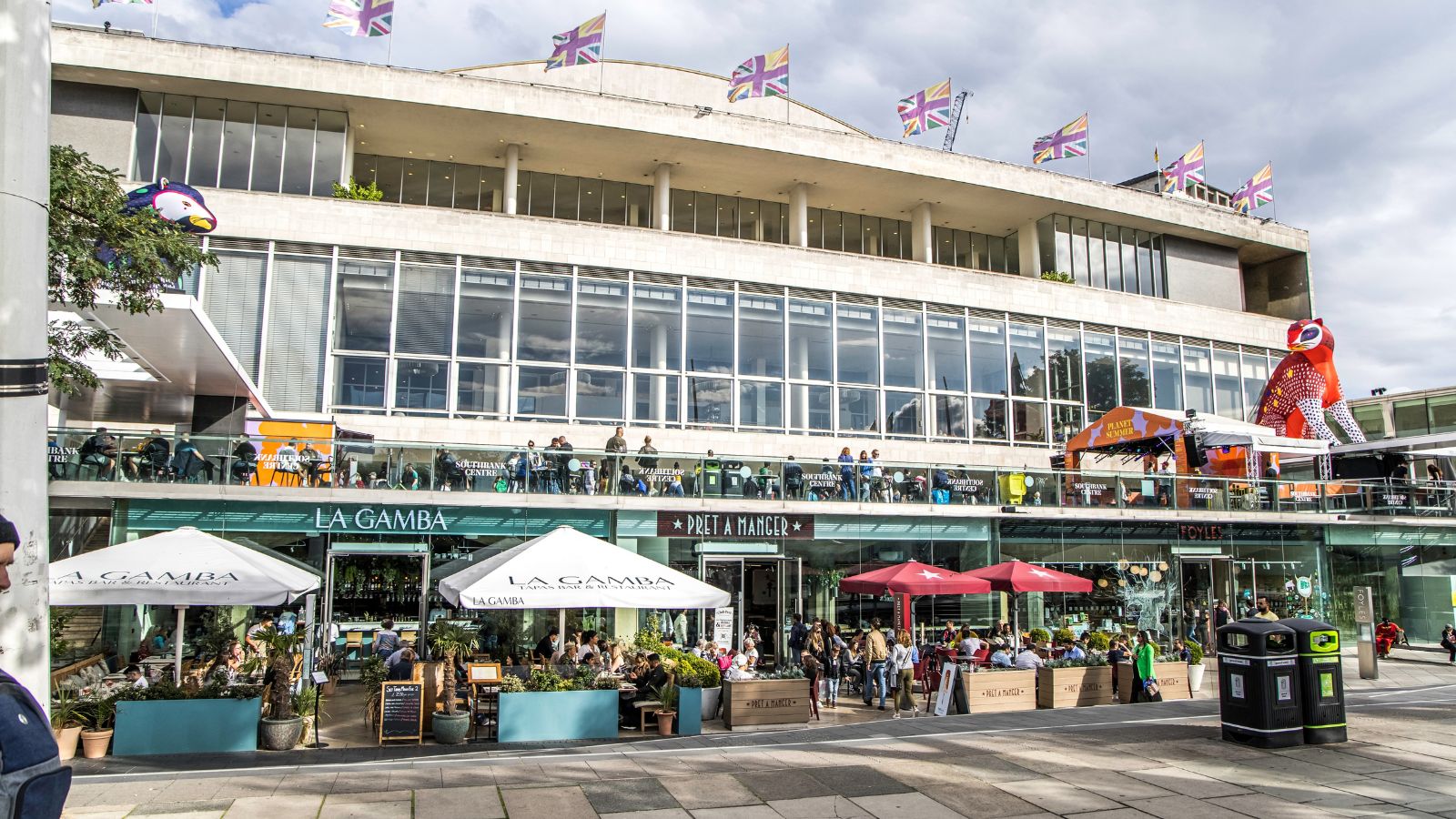
Held in 1951, the Festival of Britain aimed to promote a feeling of recovery after World War II. It showcased British science, technology, and arts, and it also rejuvenated the South Bank area of London. Structures like the Skylon and the Dome of Discovery became symbols of national pride, though many were dismantled shortly after the event.
Trolleybuses on London’s Streets
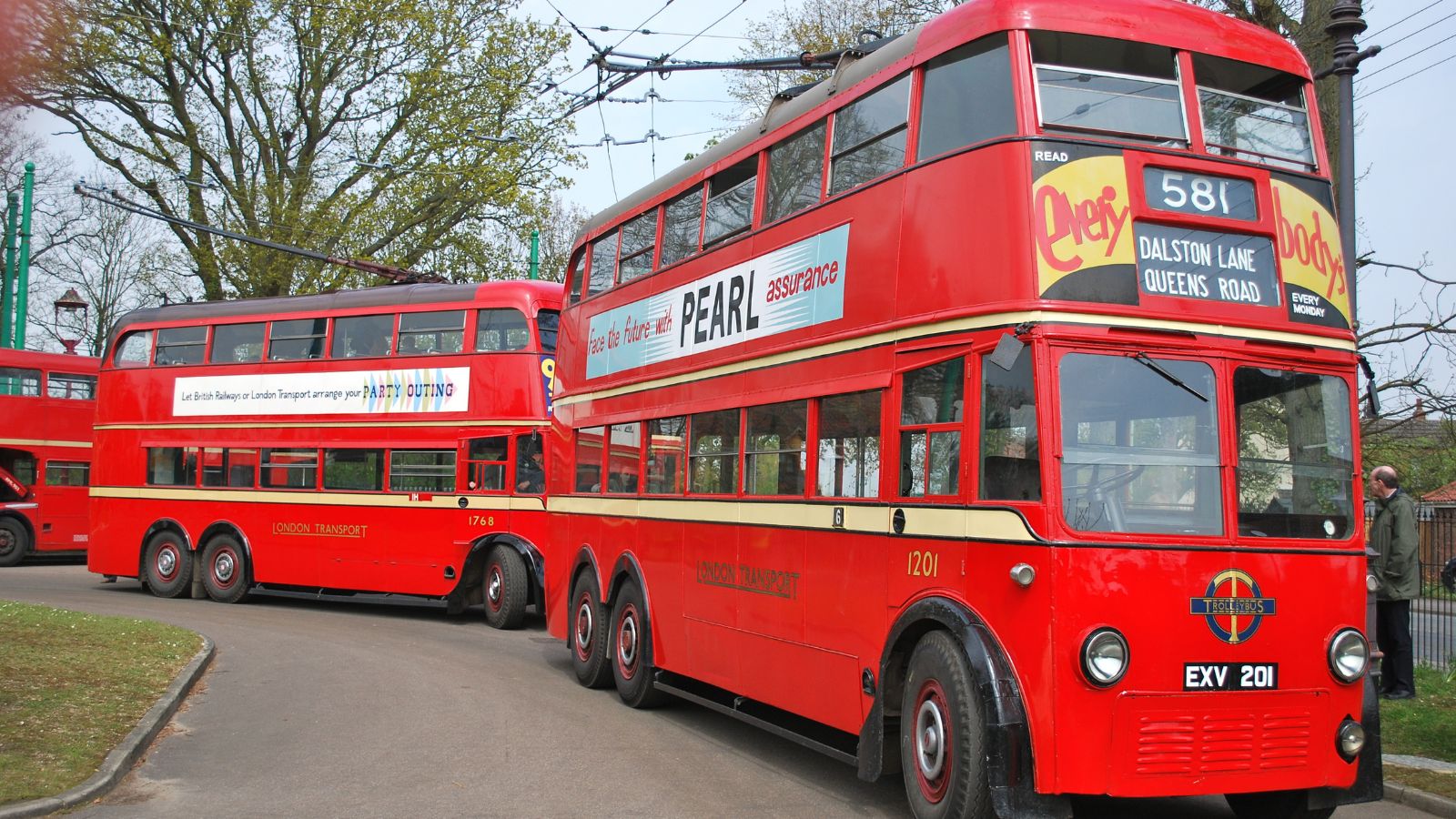
Trolleybuses, powered by overhead electric wires, were a common sight in London until the early 1960s. Quieter and smoother than their diesel counterparts, they offered an environmentally friendly mode of transport. Their disappearance in May 1962 marked the end of an era in urban public transportation, giving way to the more flexible motor buses.
Green Shield Stamps
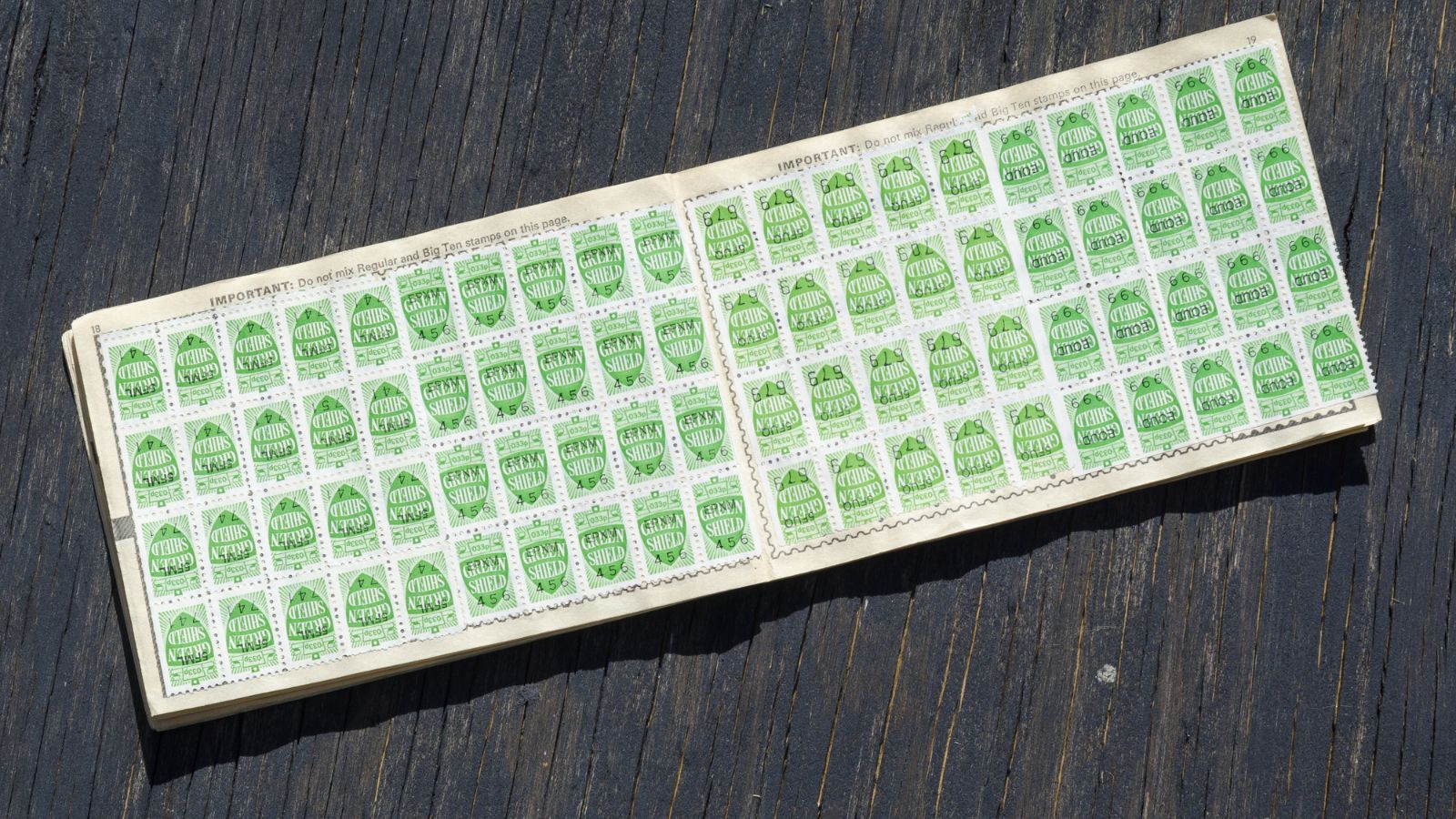
Shopping came with a bonus when retailers offered Green Shield Stamps as a loyalty reward. Shoppers collected these stamps in books and redeemed them for household items from dedicated catalogues. It was an early form of customer incentive that was a precursor to modern loyalty cards, used to add an extra layer of excitement to everyday purchases.
The Beeching Cuts
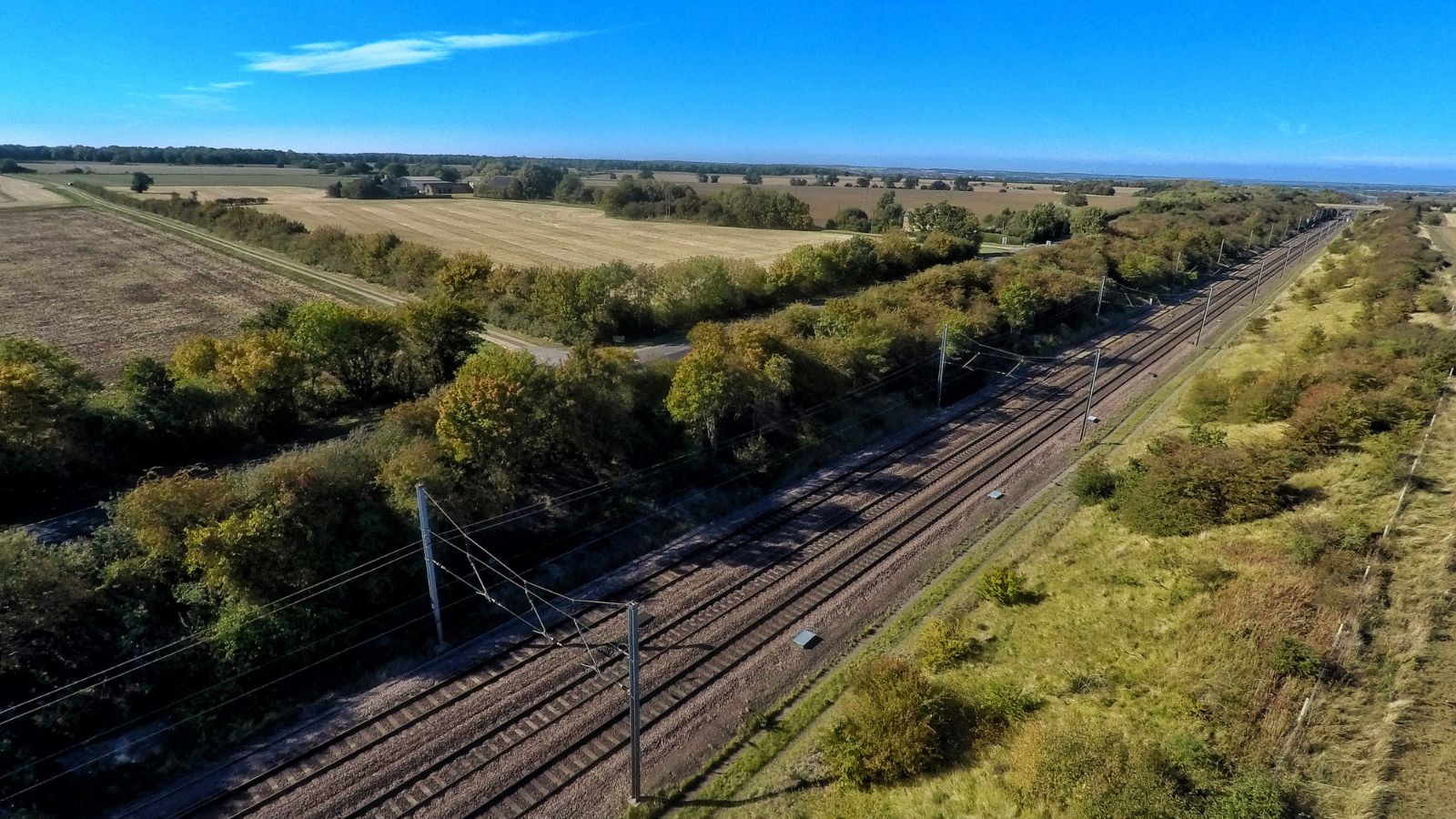
In the 1960s, Dr. Richard Beeching authored reports that led to the closure of a significant portion of Britain’s railway network. The cuts aimed at reducing financial losses and resulted in the loss of many rural lines and stations. Of course, this was also a decision that sparked controversy and nostalgia for the bygone era of extensive rail travel.
National Service Conscription
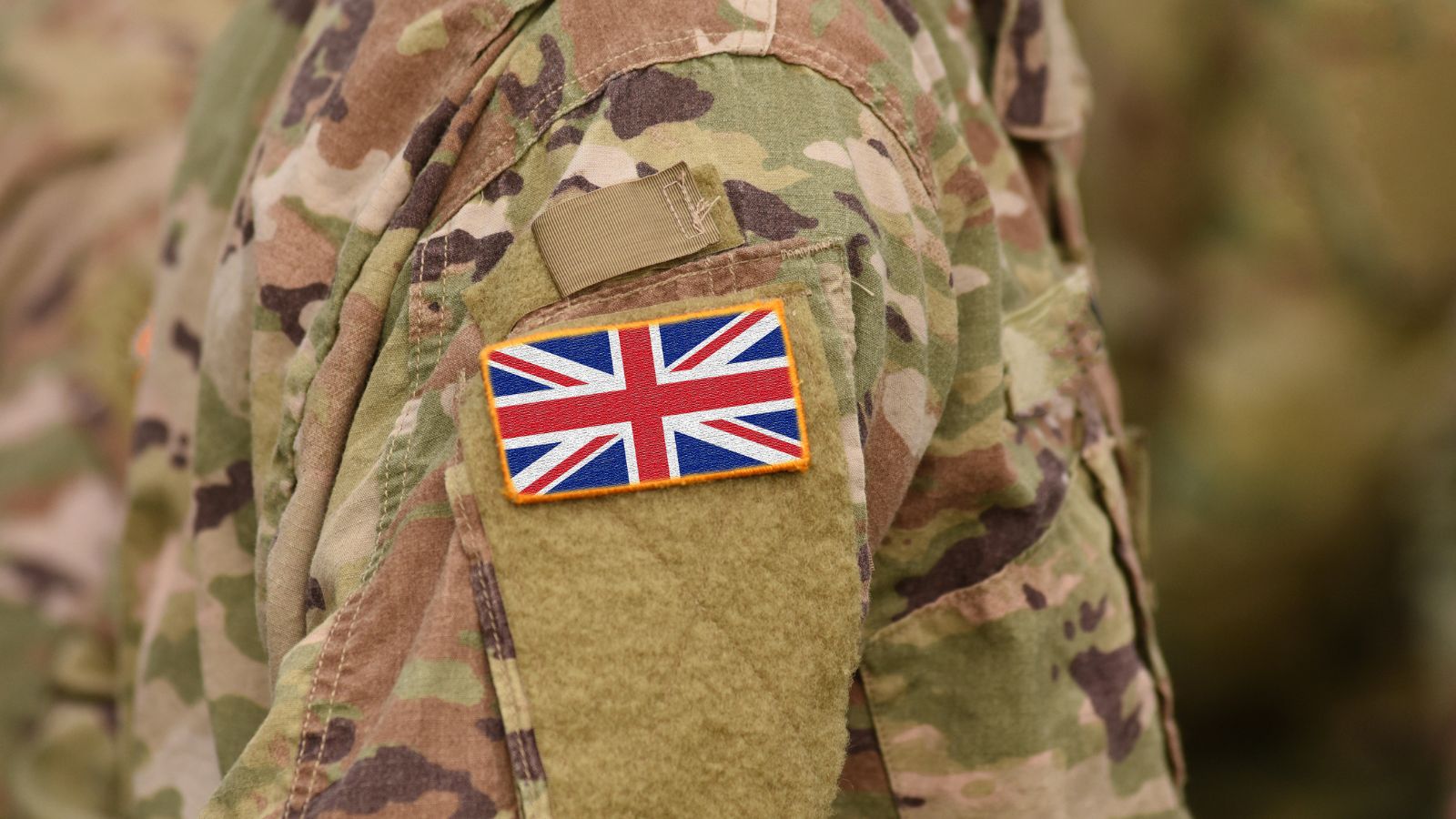
There was also a time when mandatory national service required young men to serve in the armed forces for two years. Ending in 1960, it was seen as a rite of passage that instilled discipline and skills, and the experience gotten from this varied widely, as some were sent on domestic duties while others to postings abroad.
Pirate Radio Stations
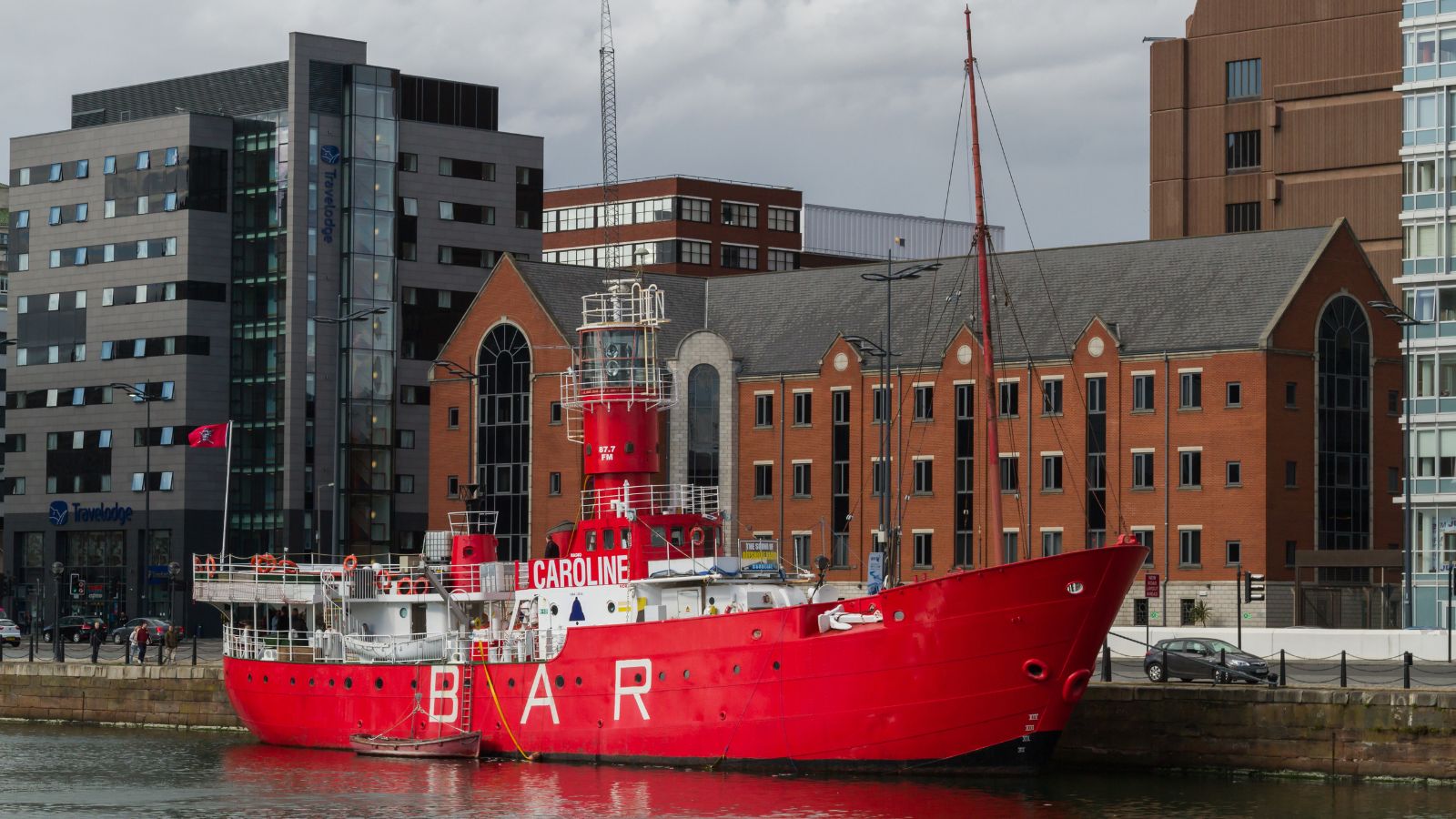
Pirate radio stations, the first of which was Radio Caroline, also broadcasted from ships offshore to circumvent government monopolies on radio. You would’ve heard them playing pop and rock music that was not aired on official channels, and expectedly, they attracted massive youth audiences. These stations challenged the status quo and paved the way for the eventual liberalisation of radio broadcasting in the UK.
Pre-Decimal Currency
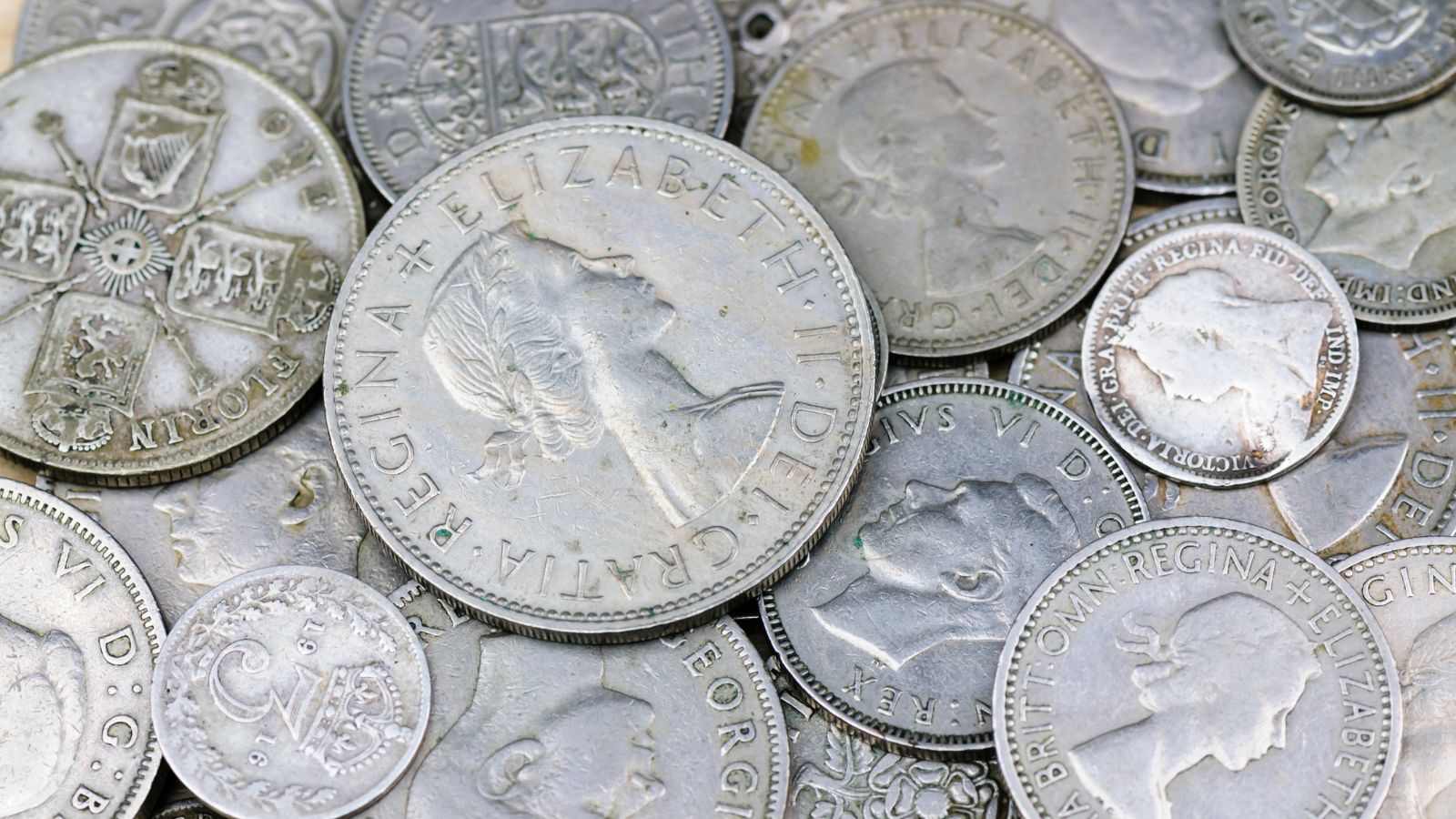
Before 1971, Britain used a complex, non-decimal currency system of pounds, shillings, and pence. Calculating prices involved mastering the system where 12 pence made a shilling and 20 shillings made a pound. It was a system that was a holdover from centuries past and required more mental arithmetic skills than handling money does today.
Soda Syphons in Households
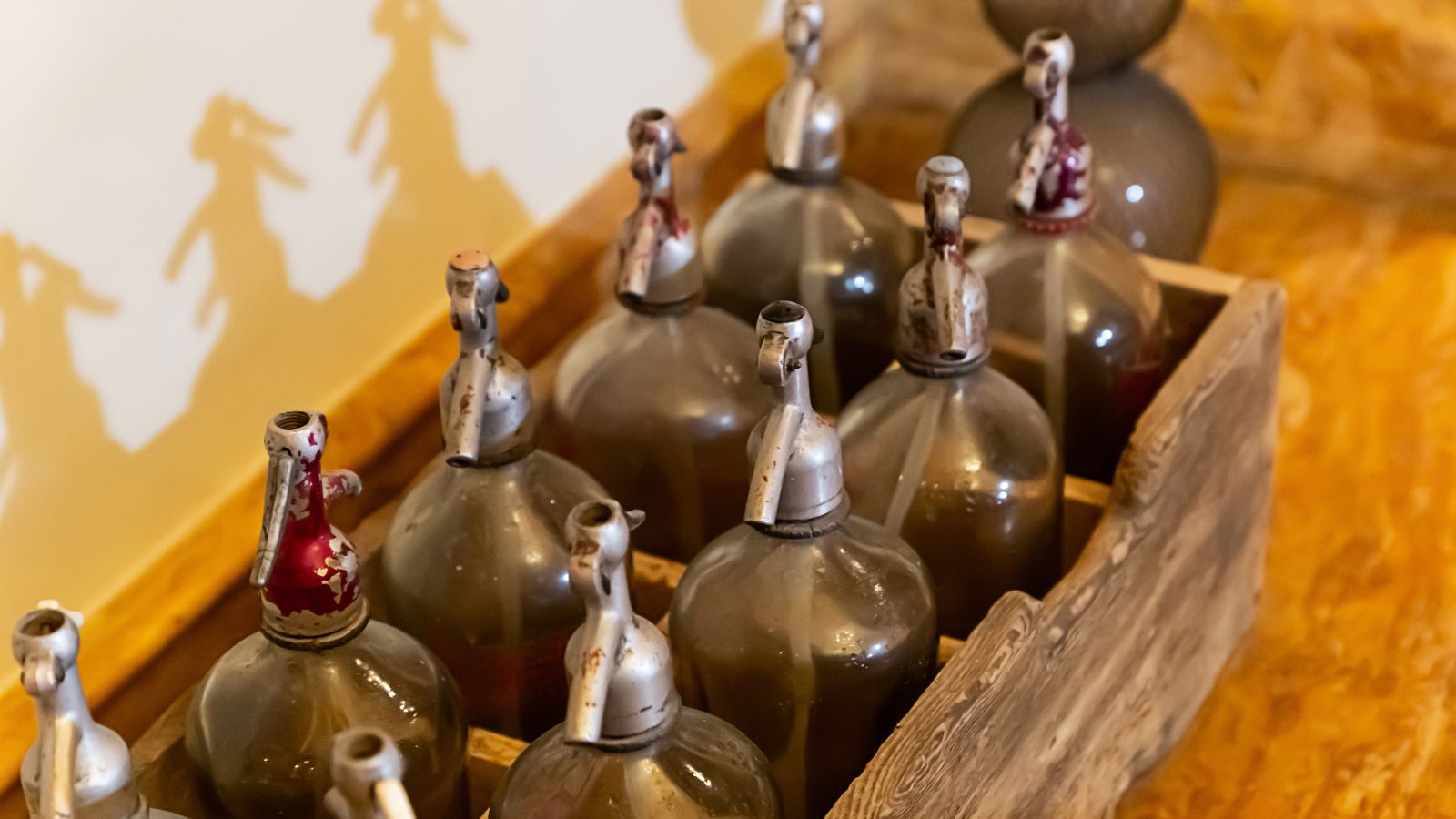
Soda syphons were common kitchen items that allowed people to make carbonated water at home. Refillable and often elegantly designed, they sat on countertops ready to fizz up drinks. And they served as a convenient part of daily life before the widespread availability of bottled sodas and home carbonation machines.
Black and White Television Licences

Owning a television required a license, and during the ’50s and ’60s, many households only held licenses for black and white sets. Colour broadcasts were not yet widespread, and the monochrome license was just cheaper. In some way, we see how the concept emphasised the luxury that television represented during its early adoption.
Ration Books After World War II
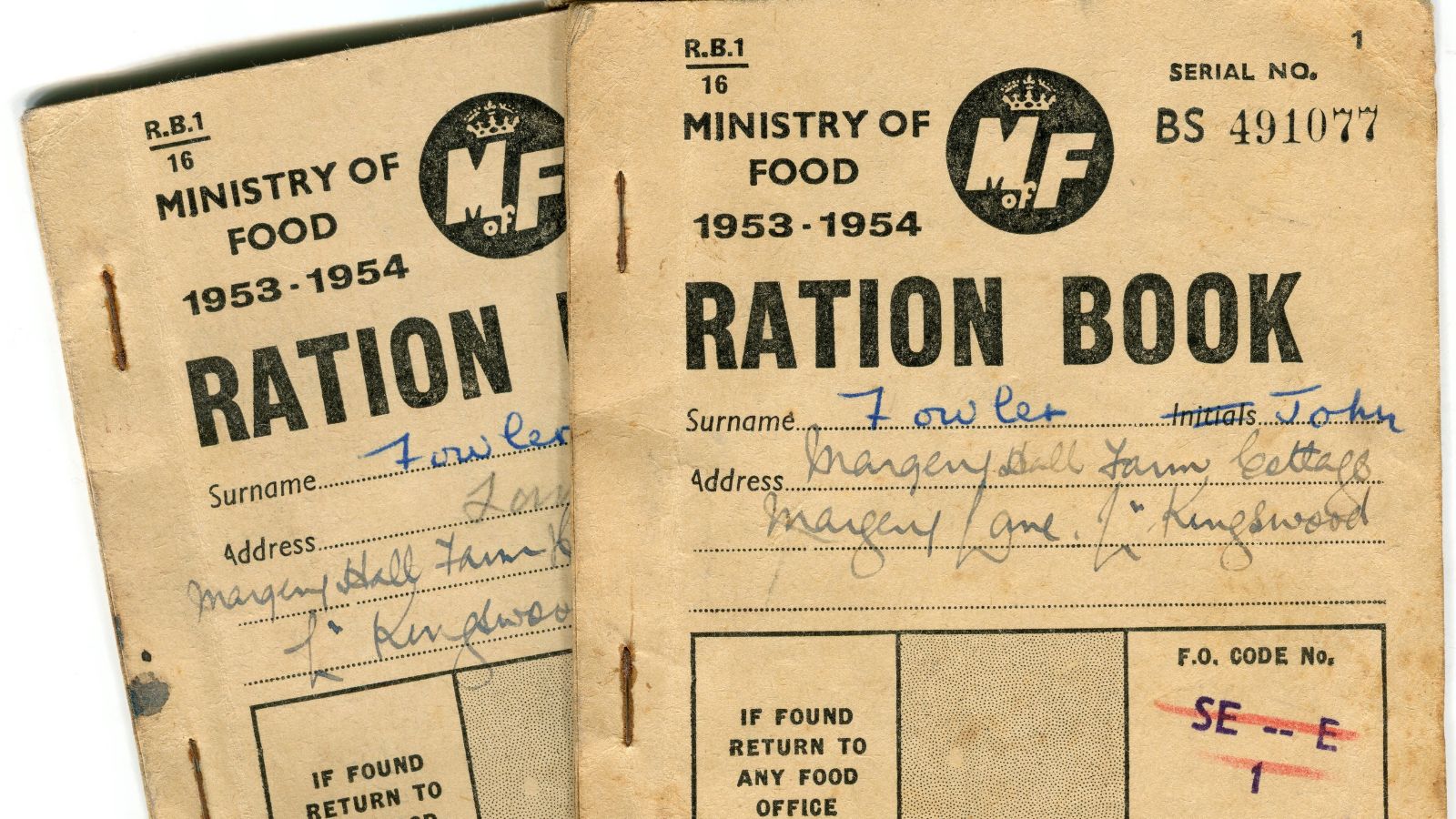
Although the war ended in 1945, rationing in Britain continued into the 1950s. Items like meat, sugar, and butter remained scarce, and ration books regulated their distribution. The continuation of rationing influenced cooking habits and daily life, reminding the population of the lingering impacts of the war.
The Suez Canal Crisis
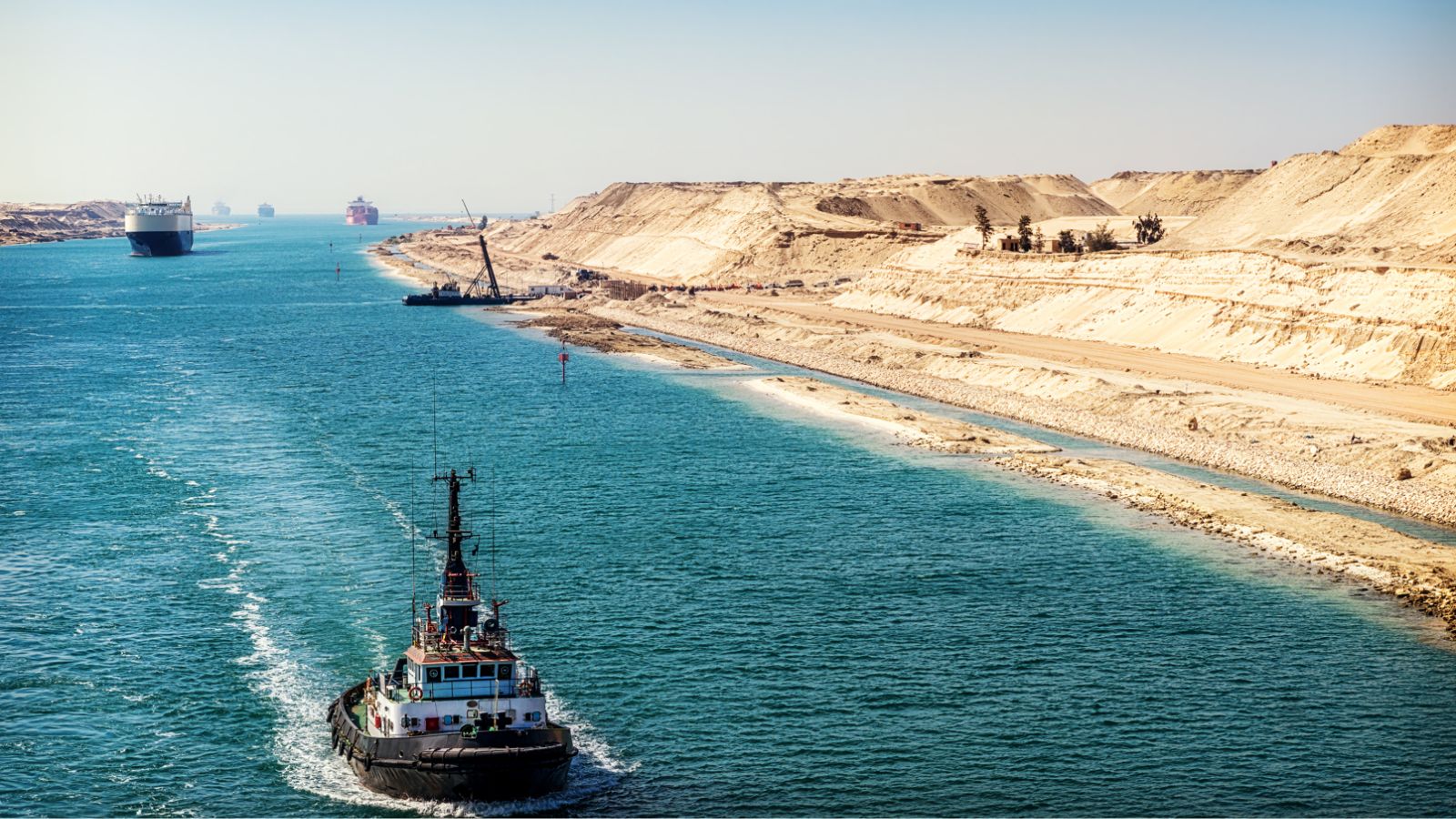
In 1956, the Suez Crisis emerged when Egypt nationalised the Suez Canal, a vital trade route. Britain, France, and Israel launched controversial military interventions, and this event marked a significant post-war moment in British history that signalled a shift in global power dynamics and challenged Britain’s role on the world stage.
Cinemas Showing Newsreels
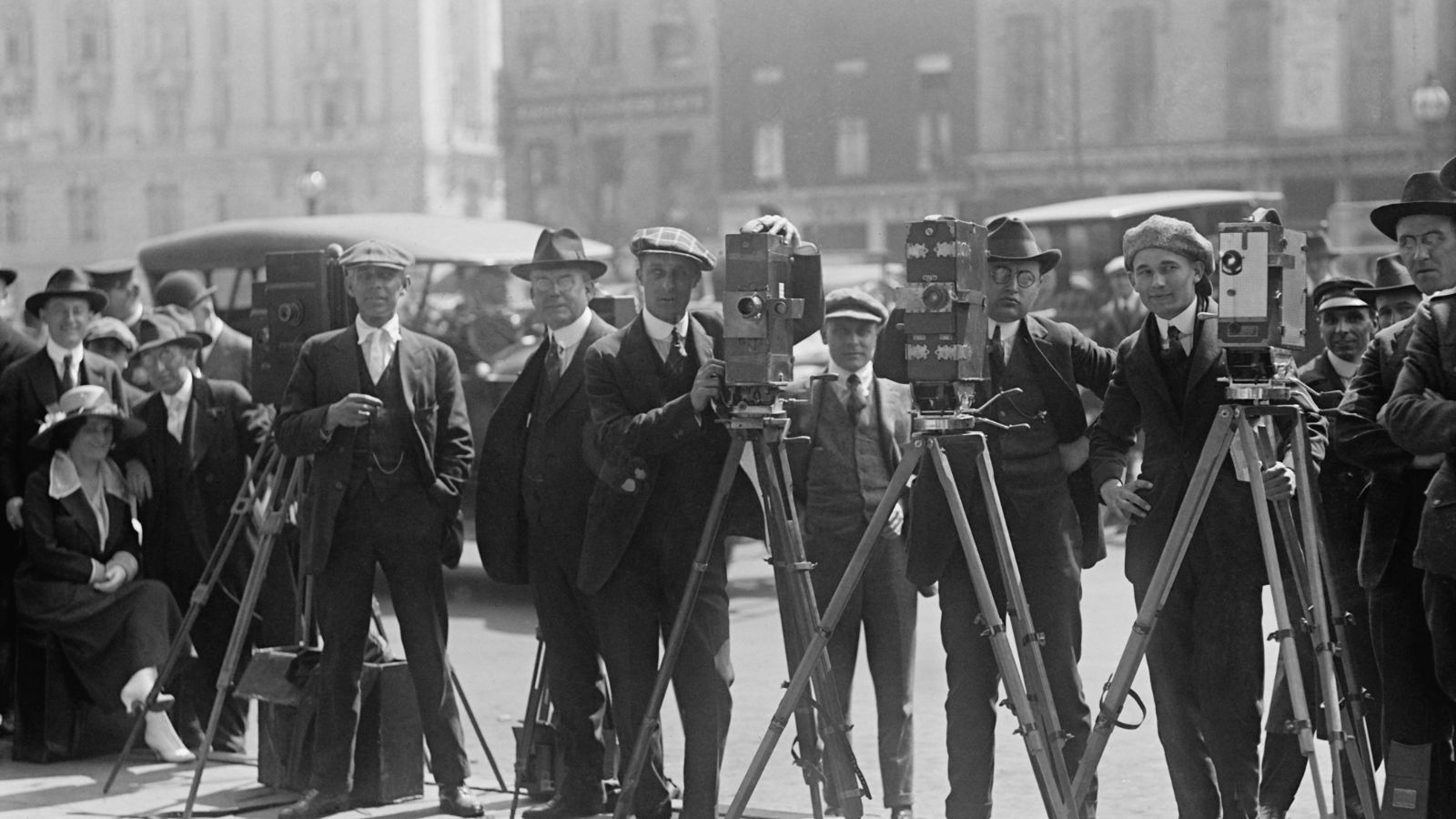
Before television became widespread, cinemas played newsreels featuring current events alongside films. Today, this would just sound ridiculous to many. Audiences watched news bulletins and documentaries, and this made cinemas a primary source of visual news.
The Introduction of the Mini Car
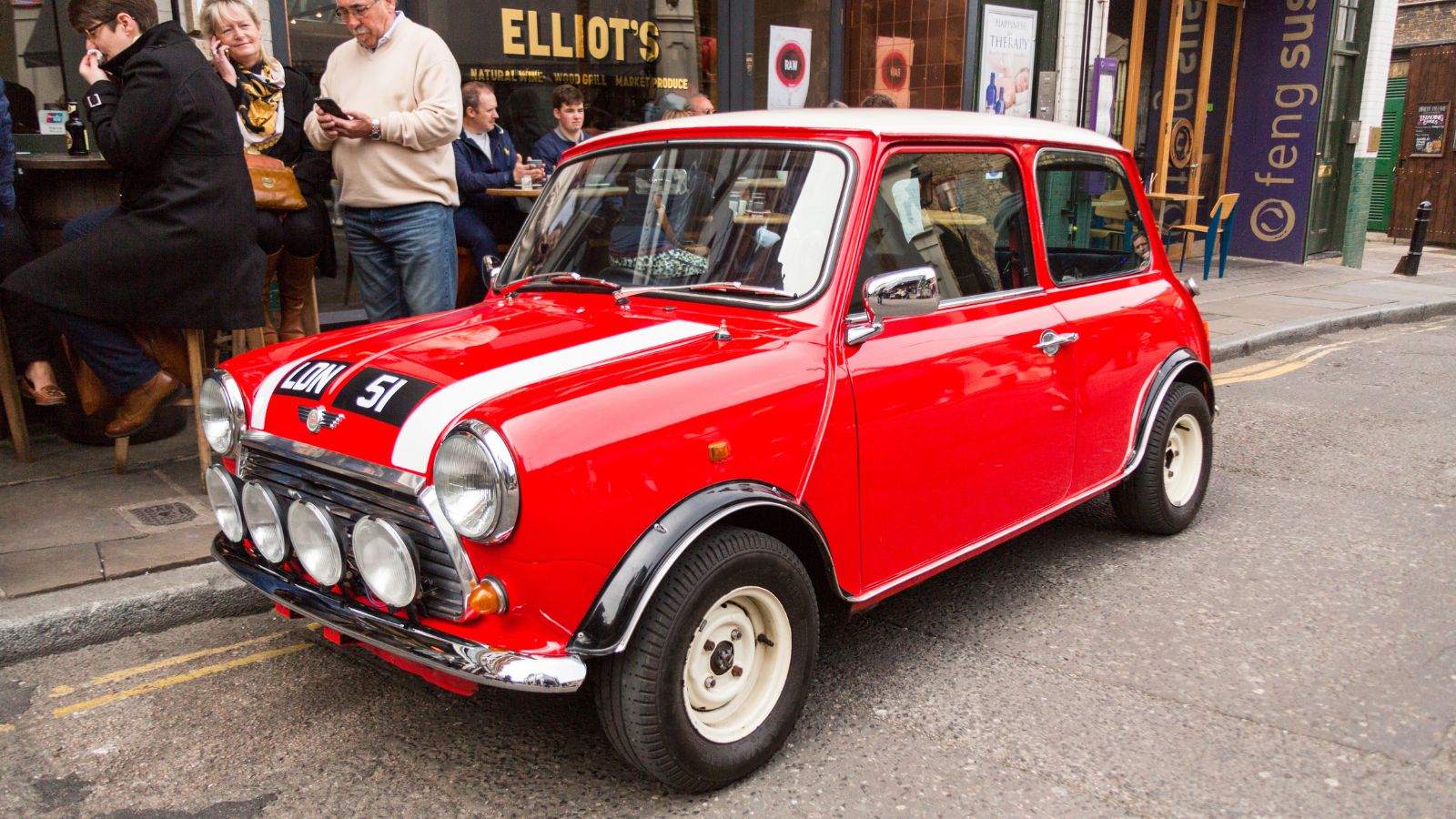
Launched in 1959 and built by the British Motor Corporation, the Mini became an icon of British automotive design. Compact and economical, it revolutionised car manufacturing and appealed to a wide market. Its innovative transverse engine and front-wheel-drive layout maximised interior space, influencing future small car designs globally.
The Profumo Affair
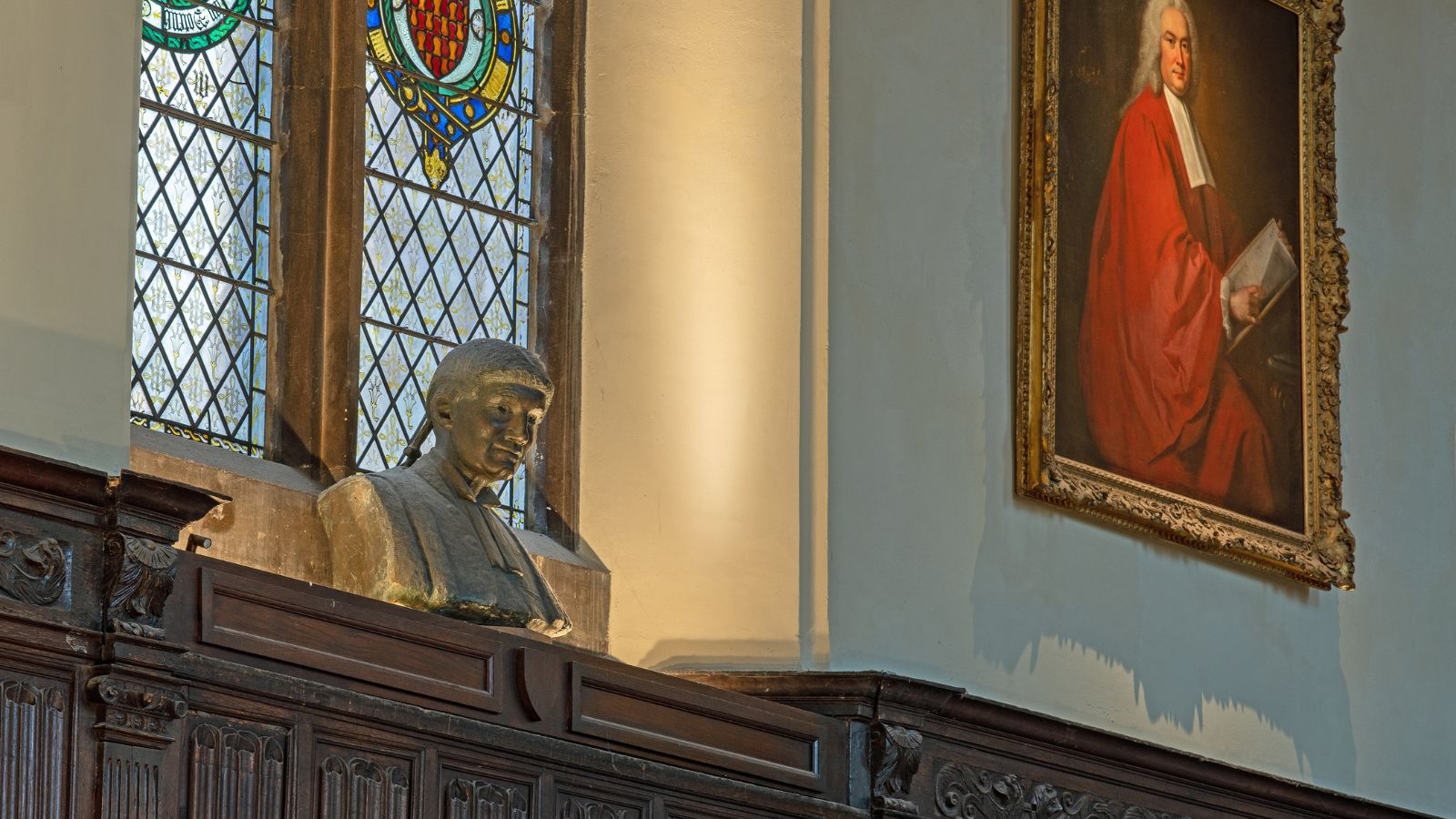
A political scandal erupted in 1963 when Secretary of State for War John Profumo admitted to an affair with Christine Keeler. The affair had security implications due to Keeler’s association with a Soviet naval attaché, and it was also a scandal that rocked the government, with resignations and the Conservative government following after.
Concorde’s Early Development
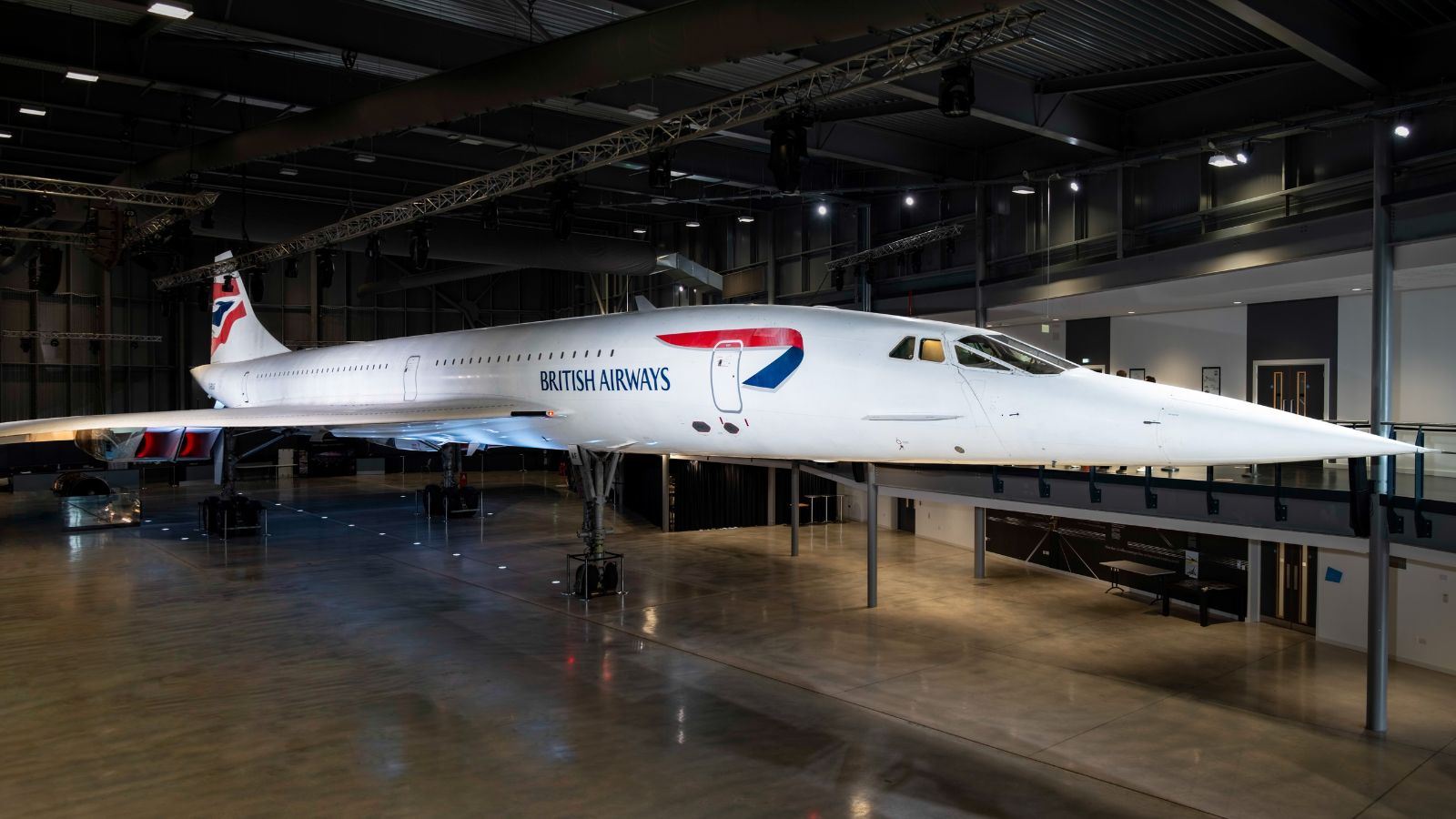
In the 1960s, British and French engineers collaborated on developing the Concorde—the first supersonic passenger airliner. Representing cutting-edge technology, Concorde promised to revolutionise air travel by dramatically reducing flight times, and its first flight across the transatlantic happened on September 26, 1973.

